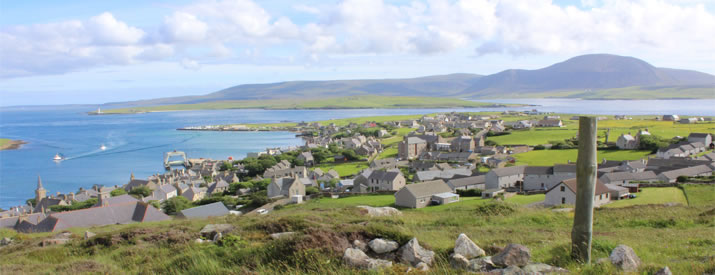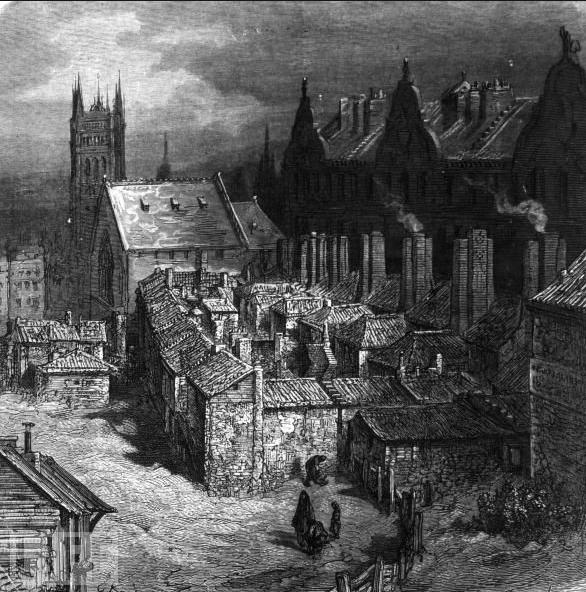 Synopsis: In the grey mist of the early morning a body is dumped on the shore of the Thames by a boatman in a metal canoe. The city is soon alive with talk of the savage Esquimaux stalking Victorian London and an eye witness who claims the killer had an accomplice: a tall woman dressed in widow's weeds, with the telltale look of the degenerate Irish.
Synopsis: In the grey mist of the early morning a body is dumped on the shore of the Thames by a boatman in a metal canoe. The city is soon alive with talk of the savage Esquimaux stalking Victorian London and an eye witness who claims the killer had an accomplice: a tall woman dressed in widow's weeds, with the telltale look of the degenerate Irish.
Branna 'Birdie' Quinn had no good reason to be by the river that morning, but she did not kill the man. She'd seen him first the day before, desperate to give her a message she refused to hear. And now the Filth will see her hang for his murder, just like her father.
To save her life, Birdie must trace the dead man's footsteps. Back onto the ship that carried him to his death, back to cold isles of Orkney that sheltered him, and up to the far north, a harsh and lawless land which holds more answers than she looks to find...
London
During the 19th century, London was the largest city in the world from about 1825, the world's largest port, and the heart of international finance and trade. The City was also the headquarters of most of Britain's shipping firms, trading houses, exchanges and commercial firms like railway companies and import houses. As one of the most industrialised cities, London was often cloaked in a heavy pall of smoke and pollution.
As the capital of a massive empire, London became a draw for immigrants from the colonies and poorer parts of Europe - it had a sizable Jewish community and a large Irish population made up of the many refugees from the Great Famine (1845-1849), who settled in an area known as "The Rookery". At one point, Irish immigrants made up about 20% of London's population.
One component of our story centres around one of the oldest livery companies in London - The Worshipful Company of Skinners, an association of those engaged in the trade of skins and furs. In the present day the Company is an educational and charitable institution, supporting a number of schools. Livery companies are governed by a master and liverymen retain voting rights for the senior civic offices, such as the Lord Mayor, Sheriffs and City of London Corporation, its ancient municipal authority with extensive local government powers.
The Metropolitan Police
During the early 19th century, as London grew, it became evident that the locally maintained system of volunteer constables and "watchmen" was ineffective, both in detecting and preventing crime. Due to this, Royal Assent was given to the Metropolitan Police Act on 19 June 1829, placing the policing arrangements for the capital directly under the control of Sir Robert Peel. A new investigative force was formed as the "Detective Branch" in 1842. It took some time to establish the standards of discipline expected today from a police force - many were intoxicated whilst on duty, corruption was rife, and officers were physically assaulted.
Stromness
Situated in the southwestern part of Mainland Orkney, Stromness became important during the late seventeenth century when Great Britain was at war with France and shipping was forced to avoid the English Channel. Ships of the Hudson's Bay Company were regular visitors, as were whaling fleets. Large numbers of Orkneymen, many of whom came from the Stromness area, served as traders, explorers and seamen for both.
 By the end of the 18th century, three-quarters of the Hudson's Bay Company's workforce in Canada was made up of Orkneymen. Trade continued to expand - with exports from Stromness including hides, feathers, fish (herring) and kelp. By 1841, Stromness had four inns, 34 public houses, a parish church, a post office, a library, three schools, a town hall, a museum and three banks.
By the end of the 18th century, three-quarters of the Hudson's Bay Company's workforce in Canada was made up of Orkneymen. Trade continued to expand - with exports from Stromness including hides, feathers, fish (herring) and kelp. By 1841, Stromness had four inns, 34 public houses, a parish church, a post office, a library, three schools, a town hall, a museum and three banks.
Stromness also plays host to Skaill House, situated near the west coast of Mainland overlooking the Bay of Skaill and Skara Brae, and close to St Peter's Kirk. Not far from Skaill House, a Viking hoard was discovered in 1858 - considered one of the largest in Scotland.
John Rae
In 1854, Rae made contact with local Inuit, from whom he obtained much information about the fate of Franklin's lost naval expedition. His report to the Admiralty carried shocking and unwelcome evidence that cannibalism had been a last resort for some of the survivors. When it was leaked to the press, Franklin's widow Lady Jane Franklin was outraged and recruited many important supporters, among them Charles Dickens, who wrote several pamphlets condemning Rae for daring to suggest Royal Navy sailors would have resorted to cannibalism. In return, Rae argued that the Inuit (Esquimaux), whom Dickens viewed very negatively, are more likely to have killed the expedition's survivors. He was awarded prize money for finding evidence of the fate of Franklin's expedition.
Hudson's Bay Company
During its peak, the Company controlled the fur trade throughout much of the British-controlled North America. By the mid-19th century, the company evolved into a mercantile business selling a wide variety of products from furs to fine homewares. The Company functioned as the de facto government in parts of North America for nearly 200 years until the Company sold the land it owned (the entire Hudson Bay drainage basin, known as Rupert's Land) to Canada in 1869.
This is the world in which Carson sets her story with Birdie fleeing London for Stromness in search for a killer and to clear her name. There are many elements and layers to this story, and the author imbues Birdie with "the sight" which is particularly useful when linking past events (to which the reader has not been privy) with those events unfolding. It took me a little while to get into this story, and early on I was tempted to put it aside, but I am glad I persevered as the tale that unfolds is well-told (and well- researched), and gradually draws you ever deeper, from the gloomy narrow streets of London to the wilds of the Orkney Islands.



No comments:
Post a Comment